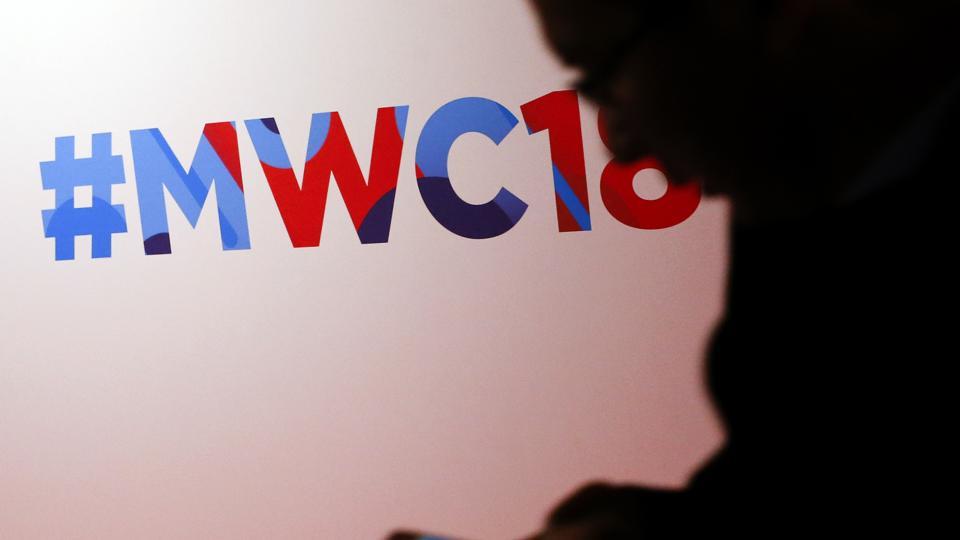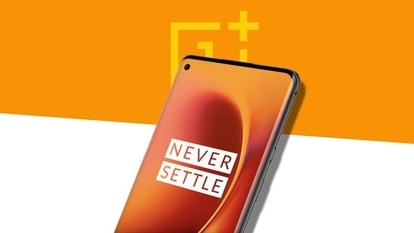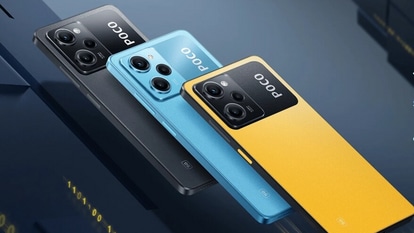MWC 2018 Gadget Review: From a smart dog vest to 4G on the moon
Here are four interesting tech reveals at the Mobile World Congress 2018.

After four days, thousands of stalls, 2,300 companies exhibiting, and more than 100,000 square meters of floor space to traverse, here are some of the more interesting gadgets from this year's Mobile World Congress in Barcelona.
Smart Mirror
Even while you're lifting weights and wearing two layers of clothing, this mirror tracks movements and measures your heartbeat, using technology that could soon be used in devices such as Amazon.com Inc.'s Echo or the Google Home speaker.
Using 3D cameras and radar chips by Germany's Infineon Technologies AG, the mirror corrects you if you're moving awkwardly ("keep your elbows straight") and informs you that if your heart rate speeds up -- rather rapidly -- to 94 beats per minute.


Infineon hopes that radar sensors will improve the experience of talking to digital assistants in mobile phones or smart speakers.
The idea is that users will be able to move freely inside their apartment and still have a seamless conversation with their devices, with radar chips tracking you from room to room and microphones integrated into mirrors and kitchen cabinets picking up voice commands.
"Radar knows when you're in the room and can then turn on the microphone," said Andreas Urschitz, who heads Infineon's power management and multimarket division. "It's like adding a sixth sense."
Smart Dog Vest
Pava works as a model at Mobile World Congress -- and is paid only in treats. The Parson Russell Terrier belongs to Toni Koutu, the founder of Sense of Intelligence Oy, the company behind Anaxeos. The Finnish startup has developed a smart vest for dogs that Pava shows off in a particularly fetching way.


Sensors in the vest measure Pava's heart rate and temperature, record sounds (think barks, whimpers) and body temperature, and track its location. The vest comes with an e-sim that sends data to the cloud for analysis, with the info then fed into an app on the owner's phone. The system will tell you to take your dog out of the car if it gets too hot, or alert you that your labrador may have knee problems because he takes too long to get up.
The vest will cost about 150 euros ($183) to 190 euros, with monthly subscriptions for the data analysis at about 5 euros to 8 euros. First products will reach customers before the end of the year, Koutu said. It's a promising market because some 170 million households have at least one dog, he said.
"Our dogs are family members," Koutu said, with Pava by his side. "This vest helps us better understand our dogs."
Emoji Yourself
After selfies and video chats, Samsung is betting you'll want to show your friends and loved ones even more of your face. As a showcase to the upgraded camera on its new Galaxy S9 smartphone, unveiled in Barcelona, Samsung demoed real-life emojis that are based on people's features and facial expressions.


The S9 maps your face by taking your picture as a basis for building a digital avatar that looks like you. The camera reads your facial expressions to build emojis that fit your exact mood. If you're not feeling inspired, the phone will stick your avatar's face onto basic emojis like happy or blowing a kiss.
Samsung executives demoed it on a square-shaped stage in front of some 1,500 people on Sunday at Mobile World Congress. Conference attendees over the next few days could be seen smiling, frowning and pulling out their tongues at the Galaxy S9 — a first test of the new emoji feature. ALSO READ: How Samsung's new Galaxy S9 compares to the iPhone X
4G on the Moon
The moon will soon get a faster mobile network than parts of the U.K. and Germany.
Vodafone Group Plc is working with Nokia Bell Labs to set up a 4G base station on the natural satellite. This is to support a mission spearheaded by German company PTScientists, which are sending a lunar lander and two rovers to Apollo 17's landing site -- the last place humans set foot on the Moon more than 45 years ago.
The 4G network helps the solar-powered rovers, developed with Volkswagen AG's Audi, save energy to transmit HD video, images and data back to a base station on the lunar lander (and then on to Earth) while driving.
"Using LTE to transmit data back to our lander means we can drive further and use the power we save to do even more science on the Moon," said Robert Boehme, the chief executive officer of PTScientists.
Catch all the Latest Tech News, Mobile News, Laptop News, Gaming news, Wearables News , How To News, also keep up with us on Whatsapp channel,Twitter, Facebook, Google News, and Instagram. For our latest videos, subscribe to our YouTube channel.


























